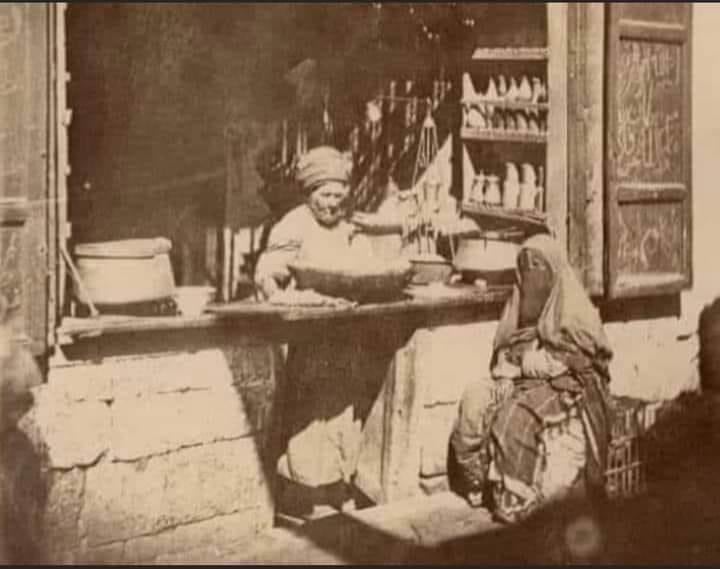
1/ “Everyone in our village plays hockey, even though we have no facilities. Hockey gives us a purpose. But I’m the first player from my village to represent India at an international level,” says 19-YO #SalimaTete who made #Jharkhand proud with her efforts at #TokyoOlympics. 



2/ Salima hails from Badkichapar village in Jharkand’s Simdega, one of the worst Naxalism-affected districts in the state. It was in a dusty ground in this village that a young Salima, a farmer’s daughter, took her first steps in hockey.
3/ Growing up on subsidised rice grains, she would use wooden sticks since the family was unable to afford proper hockey blades. In fact, her family and fellwo villagers are unable to see her in action at the Olympics due to lack of mobile connectivity and TV set in the village.
• • •
Missing some Tweet in this thread? You can try to
force a refresh












